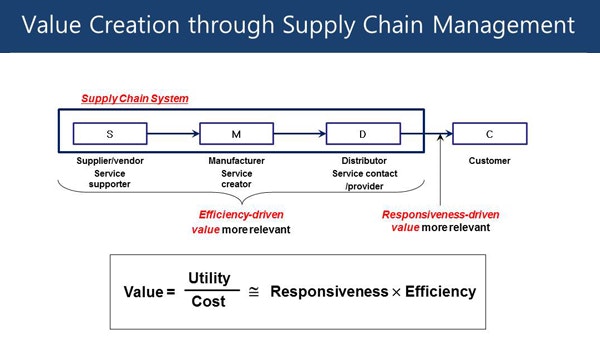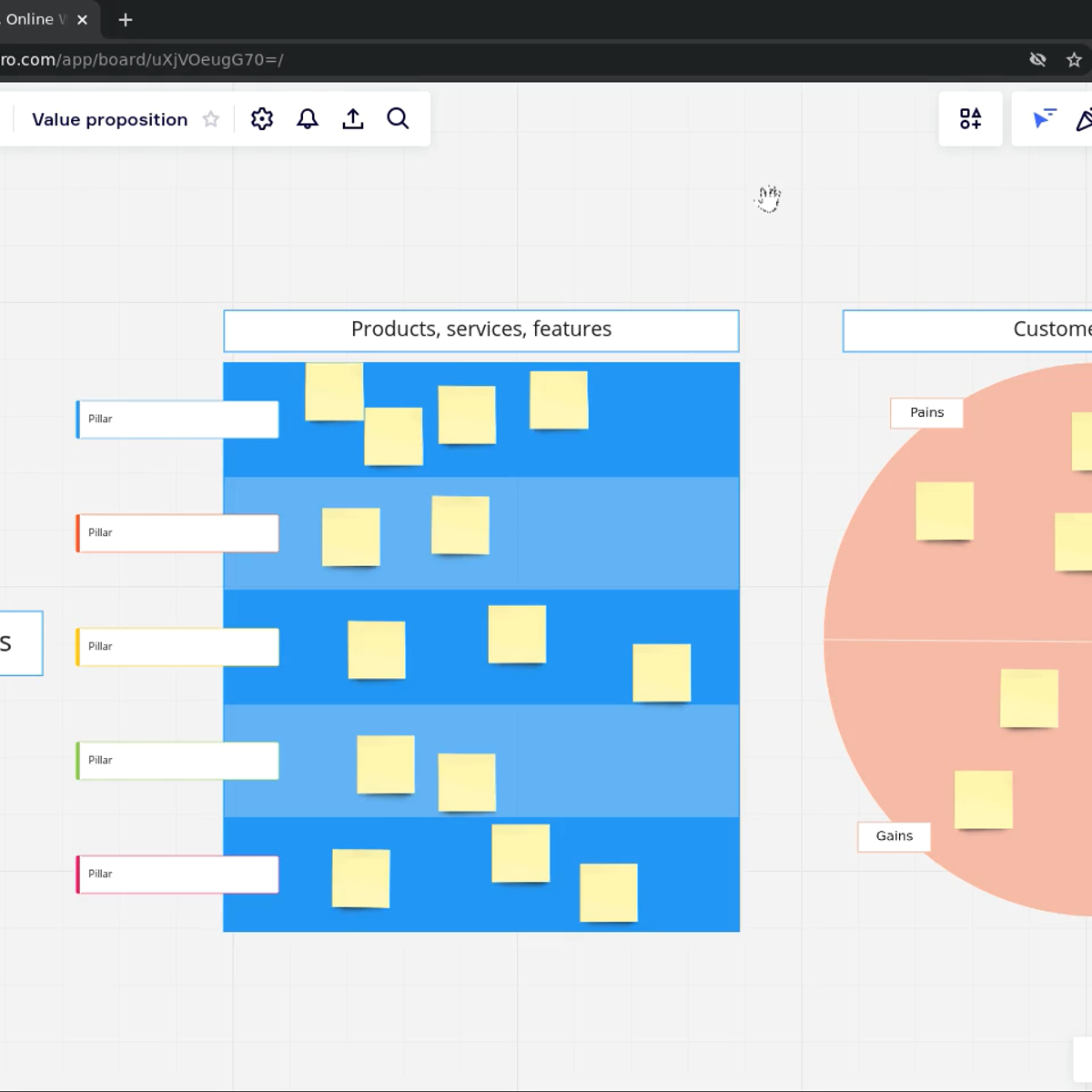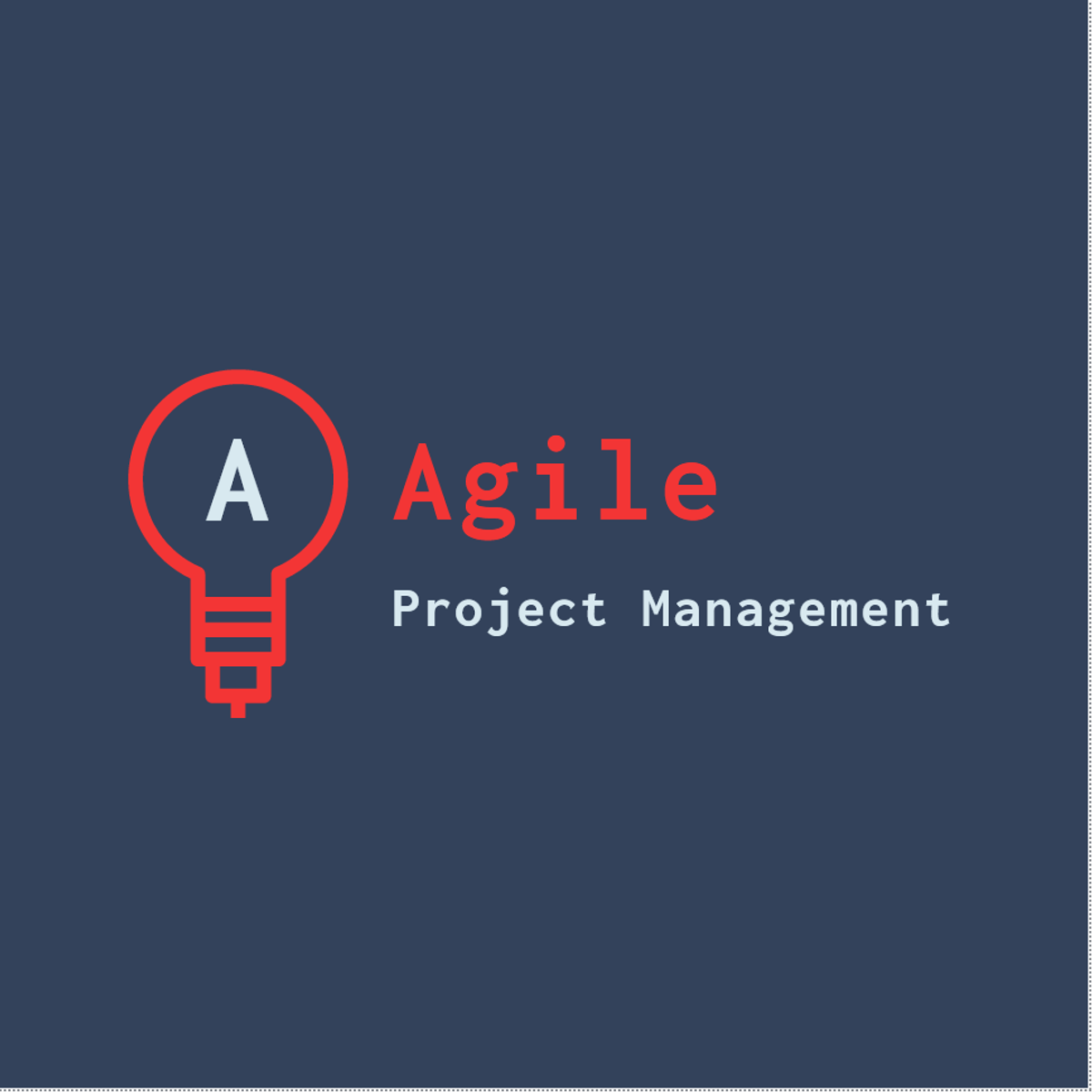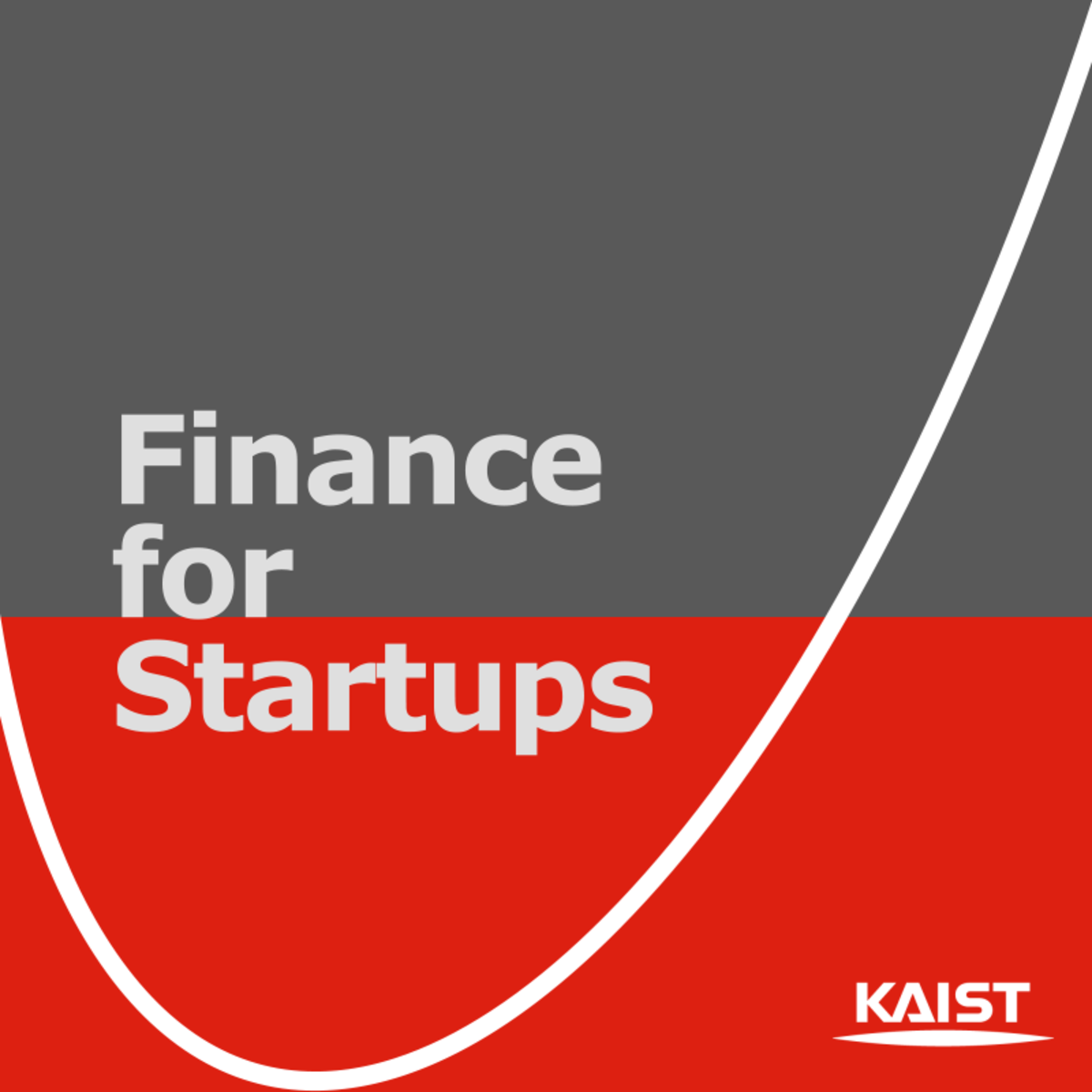Back to Courses









Business Strategy Courses - Page 46
Showing results 451-460 of 543

Supply Chain Management: A Learning Perspective
As a human being, we all consume products and/or services all the time. This morning you got up and ate your breakfast, e.g., eggs, milk, bread, fresh fruits, and the like. After the breakfast, you drove your car to work or school. At your office, you used your computer, perhaps equipped with 27” LCD monitor. During your break, you drank a cup of coffee and played with your iPhone. So on and so forth. You probably take it for granted that you can enjoy all of these products. But if you take a closer look at how each of these products can be made and eventually delivered to you, you will realize that each one of these is no short of miracle. For example, which fruit do you like? Consider fresh strawberries. In order for the strawberries to be on your breakfast table, there must be numerous functions, activities, transactions, and people involved in planting, cultivating, delivering, and consuming strawberries. Moreover, all of these functions, activities, transactions, and people are connected as an integral chain, through which physical products like strawberries themselves and virtual elements such as information and communication flow back and forth constantly. By grouping related functions or activities, we have a supply chain, comprised of four primary functions such as supplier, manufacturer, distributor, and finally consumer. A supply chain is essentially a value chain.
For the society or economy as a whole, the goal is to maximize value, i.e., to create satisfactory value without spending too much. In order to create the maximum value for the strawberry supply chain, every participant in the chain must carry out its function efficiently. In addition, all of the members must coordinate with each other effectively in order to ensure value maximization. We have to face the same issues for almost all the products and services we take for granted in our everyday life, e.g., cars, hamburgers, haircuts, surgeries, movies, banks, restaurants, and you name it!
In this course, we want to understand fundamental principles of value creation for the consumers or the market. We try to answer questions like how the product or service is made, how the value-creating activities or functions are coordinated, who should play what leadership roles in realizing all these, and so on. As our course title hints, we approach all of these issues from a learning perspective, which is dynamic in nature and emphasizes long-term capability building rather than short-term symptomatic problem solving.

Expand Employee Interaction with Canvas
By the end of this project, you will be able to develop an esthetically appealing course with a variety of interactive tools within the Canvas LMS. You will also be able to organize your learners into collaborative groups that promote employee interaction which will increase the overall team building and connection amongst peers.
Note: This course works best for learners who are based in the North America region. We’re currently working on providing the same experience in other regions.

The entrepreneur's guide for beginners
The Entrepreneur's Guide for beginners and is a course created in collaboration with all Catalan public universities and EIT Health and aims to be the starting point for all those who want to improve their knowledge and skills in the world entrepreneurship. In this course you will be able to identify a business opportunity, develop the business model (and the steps to validate it) and know the main mechanisms to find your business. In addition, you will have the help of experts who will be there to help you resolve any questions that may arise during the course. Sign up!

Platform Thinking: exploiting data through platforms
(Digital) data are often considered the new oil. Companies often exploit them building platforms, involving different sets of users that generate data – for example, enjoying a digital service through a mobile app – and other organizations that see value in those data and wish to leverage them. This module of the “Platform Thinking” series aims to assess the role of data in digital platforms. We are talking about companies – like social networks – that exploit data to offer personalized advertising or personalized experiences – in services like Netflix or Spotify – but even companies that offer data to external partners for other purposes, like fitness apps that share data with pharmaceutical companies or other health companies. This is a widely intriguing but also a slippery topic, given the amount of data-related scandals we lived over the last few years. Therefore, this course aims to assess the strategies and tactics to exploit data through platforms, highlighting the opportunities and challenges of creating and managing data-driven opportunities. In doing so, we will consider the ethical and policy implications – and related opportunities – to have a transparent and trustable relationship with the end-users. Finally, we will position the data within the platform thinking process.

Create a value proposition canvas in Miro
In this 2 hours long project you will create a business value proposition canvas in Miro, categorizing business products, services and features by company pillars, mapping customer gains, pains and tasks with product, adding a competitor comparison and finally exporting slides, PDF and images. You will use frames, sticky notes, shapes and colors, and explore business concepts to create a value proposition team work.

Consumption, Marketing and Culture
What does it mean to be a consumer in a consumer society? In this MOOC we think about marketing in terms of what marketing does rather than how we do it. It's not just a case of how we buy the products that are sold to us, but how we are affected by those products and the services that we encounter.
This course prepares students for a more analytical understanding in the role that marketing activities play in shaping our consumer cultures and lives. Rather than pose the question of how ‘we’ can sell more stuff to consumers, this course asks, what does it mean to be regarded as a consumer in this moment of history?

Organic Marketing: Facebook Groups For Small Businesses
In this project, the learner will build a client profile, master Facebook groups netiquette, and utilize them as a Marketing tool. We will learn how to generate clients using a free organic method without paid advertising. By the end of this project we will construct a step by step daily Facebook group action plan to promote a small business, and develop a strong influential Facebook account to attract high paying clients.
Note: This course works best for learners who are based in the North America region. We’re currently working on providing the same experience in other regions.

Agile Project: Product Prototype Touchpoint Analysis in Miro
By the end of this guided project, you will be fluent in creating wireframe porotypes for Agile projects based on previous project phases. This will enable you to map the product features and add value to how the customer/user will experience the product or service. You will learn how to encapsulate the needs and wants of the customer persona in the product.
This is essential for generating positive results for your business venture. Furthermore, this guided project is designed to engage and harness your visionary and exploratory abilities. You will use proven models in Agile Project Management with Miro to shape the development roadmap of products and services.
We will practice critically how Epics, User Stories, Personas, and Customer journey phases become valuable input for creating functionality for products and services.
Please see the guide for creating a free account with Miro in the Resources section.

Twitter API: Mining Data using Orange Data Mining Platform
In this one hour long project, you will mine, analyze and visualize various trending tweets using Word Cloud, Heat map, Document Map and perform sentiment analysis using Orange. Orange is an open-source data visualization, machine learning and data mining toolkit. Without any prior programming experience, Orange allows you to mine Twitter. If you are a corporate employee, marketer, or even a student who wants to explore how to mine tweets, Orange is the best platform for it.
We will begin this guided project by creating a Twitter developer account and applying for elevated access. We will create an app within the Twitter developer portal and get its API keys and then use these API keys to connect to Orange data mining software. We will fetch tweets about trending topics and create a Word-cloud for text visualization and Documents map to get Geo-location data about trending tweets. In the final tasks, we will perform sentiment analysis and explore the emotions behind each tweet using the Tweet Profiler widget. We will also create a Heat-map to understand the overall sentiment of a trending topic.
In order to complete this project successfully, you need a Twitter account.

Finance for Startups
Finance is one of the key ingredients for successful startups. Many entrepreneurs, however, lack knowledge of finance. This course teaches basic financial knowledge needed in starting and operating startups to entrepreneurs or would-be entrepreneurs who did not major in finance. Students of this course will learn to read and understand financial statements such as balance sheets, income statements and cash flow statements. They will also practice simple financial planning of a startup. This course also covers the concept company valuation as well as how startups get funding. This is a practical course aimed at direct application of the knowledge gained into running real startups. It also aims to enable entrepreneurs and would-be-entrepreneurs to understand the "language of finance" so that they can talk to professionals with confidence.
Popular Internships and Jobs by Categories
Browse
© 2024 BoostGrad | All rights reserved


